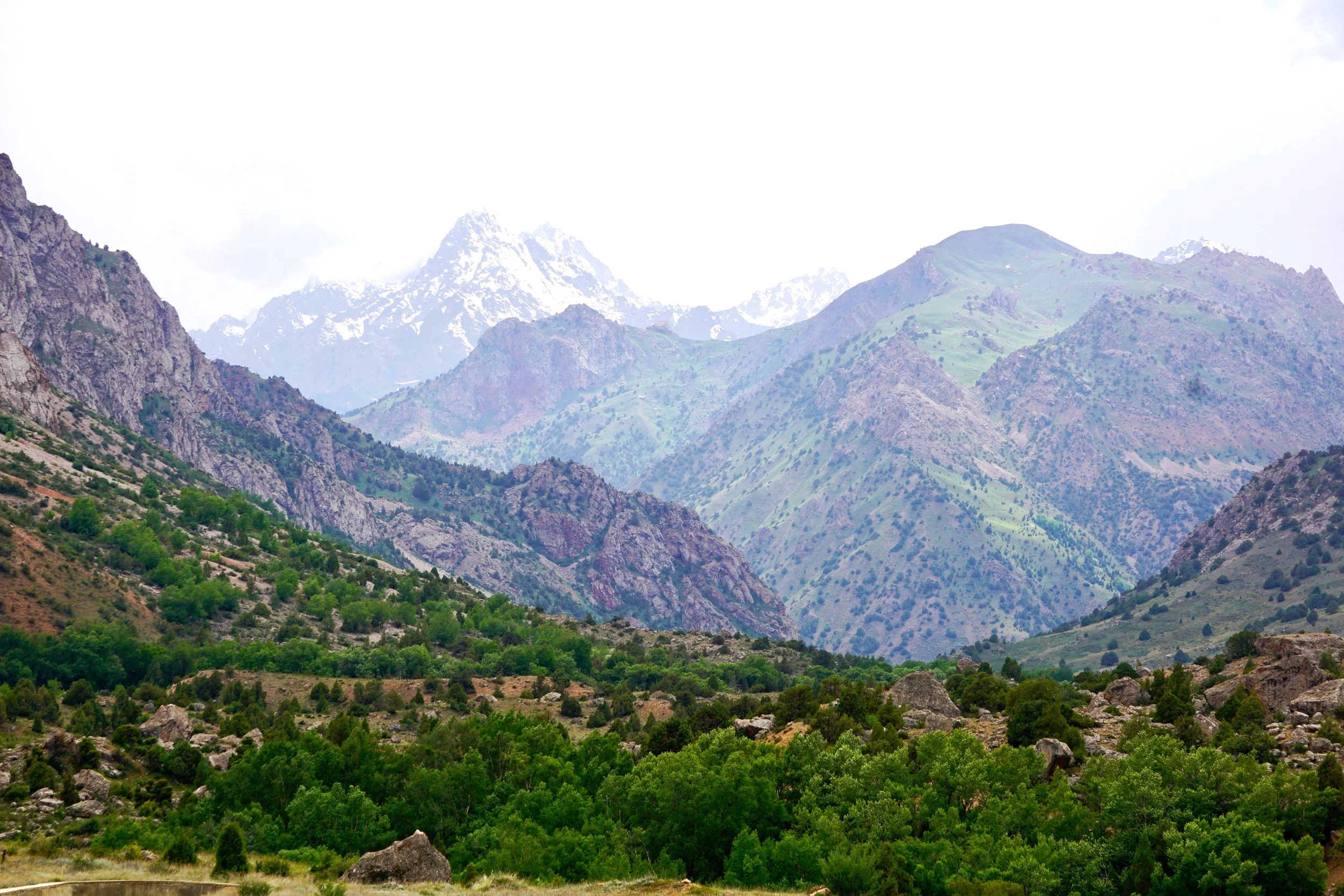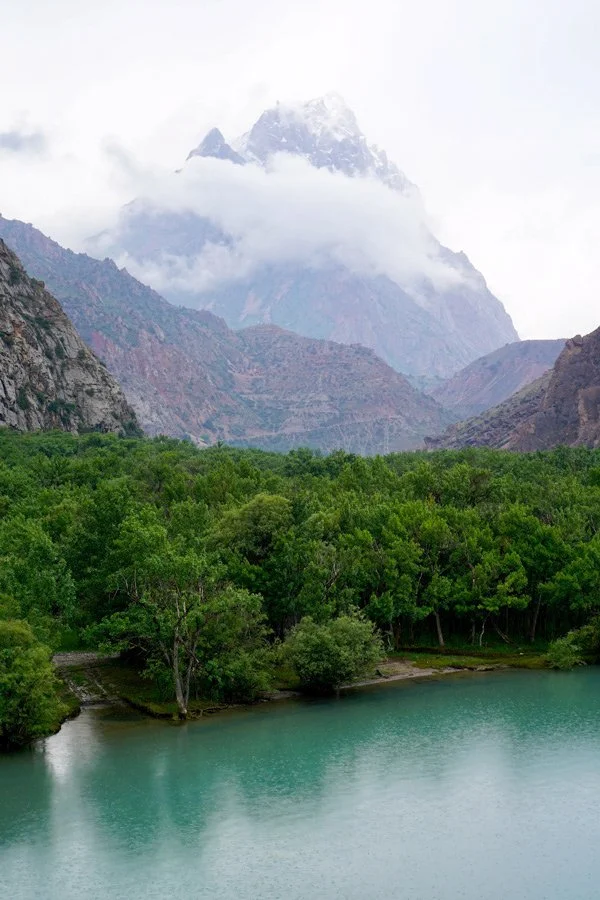
Tajikistan
The Hydropower Giant of Central Asia
Tajikistan, though the smallest Central Asian economy with GDP of $11.2 billion, possesses arguably the region’s greatest untapped potential. This mountainous nation of 10.1 million people sits on an estimated 527 TWh of annual hydropower potential — ranking among the world’s top 10 countries by hydroelectric capacity. With 93% of its territory mountainous and dominated by the Pamir and Alay ranges, Tajikistan’s dramatic landscapes hold extraordinary promise for renewable energy, mining, and sustainable tourism development.
“Tajikistan’s dramatic landscapes hold extraordinary promise for renewable energy, mining, and sustainable tourism development.”
The Rogun Dam project represents a transformative economic catalyst. Upon completion, this $6.15 billion investment will become the world’s tallest dam at 335 meters, generating 13.3 TWh annually — enough to meet domestic needs while exporting 70% of production. Revenue projections suggest the project could generate $500-800 million annually in export earnings, fundamentally altering Tajikistan’s economic structure and reducing dependence on remittances, which currently account for 29% of GDP.
“Tajikistan’s mineral wealth remains largely unexplored, presenting significant opportunities for foreign investment.”
Regional energy demand dynamics strongly favour Tajikistan’s hydropower potential. Neighboring countries face significant electricity shortages, with Uzbekistan importing 3.2 TWh annually and Kazakhstan requiring 5.8 TWh additional capacity by 2030. Long-term power purchase agreements with these countries, combined with potential exports to Afghanistan and Pakistan via the CASA-1000 transmission project, create a stable revenue foundation for massive hydropower investments.
“The Pamir Highway, one of the world’s highest-altitude roads, draws an intrepid crowd of overlanders, cyclists, and hikers each year.”
Tajikistan’s mineral wealth remains largely unexplored, presenting significant opportunities for foreign investment. The country holds an estimated 400 million tons of coal reserves, substantial silver and gold deposits, and rare earth elements crucial for renewable energy technologies. The Zarkashan gold mine alone contains reserves worth over $2 billion at current prices. Chinese companies have invested $1.8 billion in mining projects since 2018, with the Tajik-Chinese joint venture for the Dushanbe-Kulma highway opening access to previously inaccessible mineral-rich regions.
“UNESCO World Heritage sites and pristine mountain landscapes position Tajikistan as the growing global market for authentic, sustainable travel experiences.”
The tourism sector, while nascent, shows remarkable growth potential. Visitor numbers increased 180% between 2019 and 2024, reaching 1.7 million annual arrivals. The 2022 introduction of visa-free entry for 53 countries, including all EU members, has accelerated this growth. The Pamir Highway, one of the world’s highest-altitude roads, draws an intrepid crowd of overlanders, cyclists, and hikers each year. Adventure tourism along the highway generates average per-visitor spending of $1,200, significantly higher than regional averages. UNESCO World Heritage sites and pristine mountain landscapes position Tajikistan to capture the growing global market for authentic, sustainable travel experiences. As it simplifies entry and welcomes more international visitors, Tajikistan signals a broader ambition to build global partnerships and promote its natural capital.
Infrastructure development, primarily Chinese-financed, is reshaping the investment landscape. The $1.2 billion China-Kyrgyzstan-Tajikistan highway will reduce transit times to Chinese markets by 50%, while the $460 million Rogun-Dushanbe transmission line enables large-scale energy exports. Dushanbe’s urban transformation includes a $340 million metro system, modern airport terminals, and the rollout of an electric taxi fleet.
“Dushanbe seeks to reposition itself as a forward-looking city at the crossroads of Europe and Asia.”
A growing service sector, improvements in connectivity, and a visible embrace of modernity represent statements of intent, as Dushanbe seeks to reposition itself as a forward-looking city at the crossroads of Europe and Asia.
The agricultural sector offers substantial value-addition opportunities. Tajikistan produces 95% of Central Asia’s cotton, with potential for textile manufacturing development. The country’s organic agricultural products, including dried fruits and nuts, command premium prices in European markets. Water-intensive crops leverage Tajikistan’s abundant freshwater resources, the country holds 4% of global freshwater reserves — creating sustainable competitive advantages in regional food security.
The country’s organic agricultural products, including dried fruits and nuts, command premium prices in European markets.




